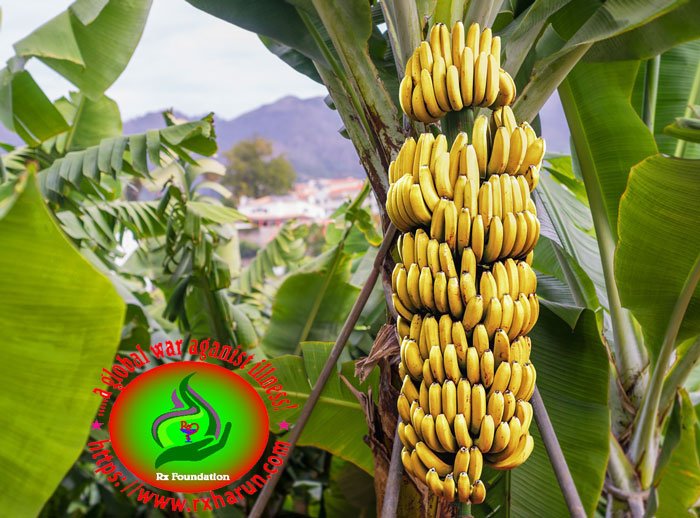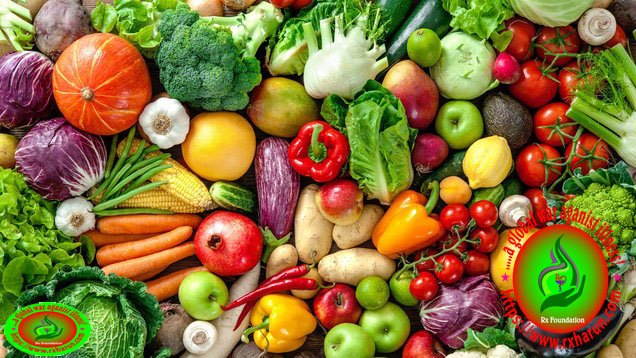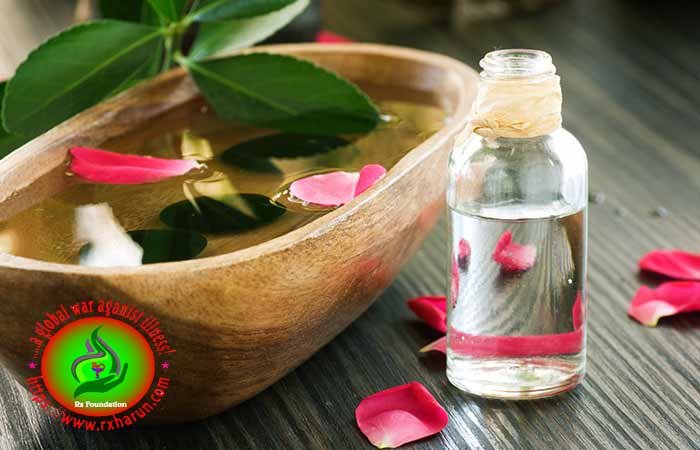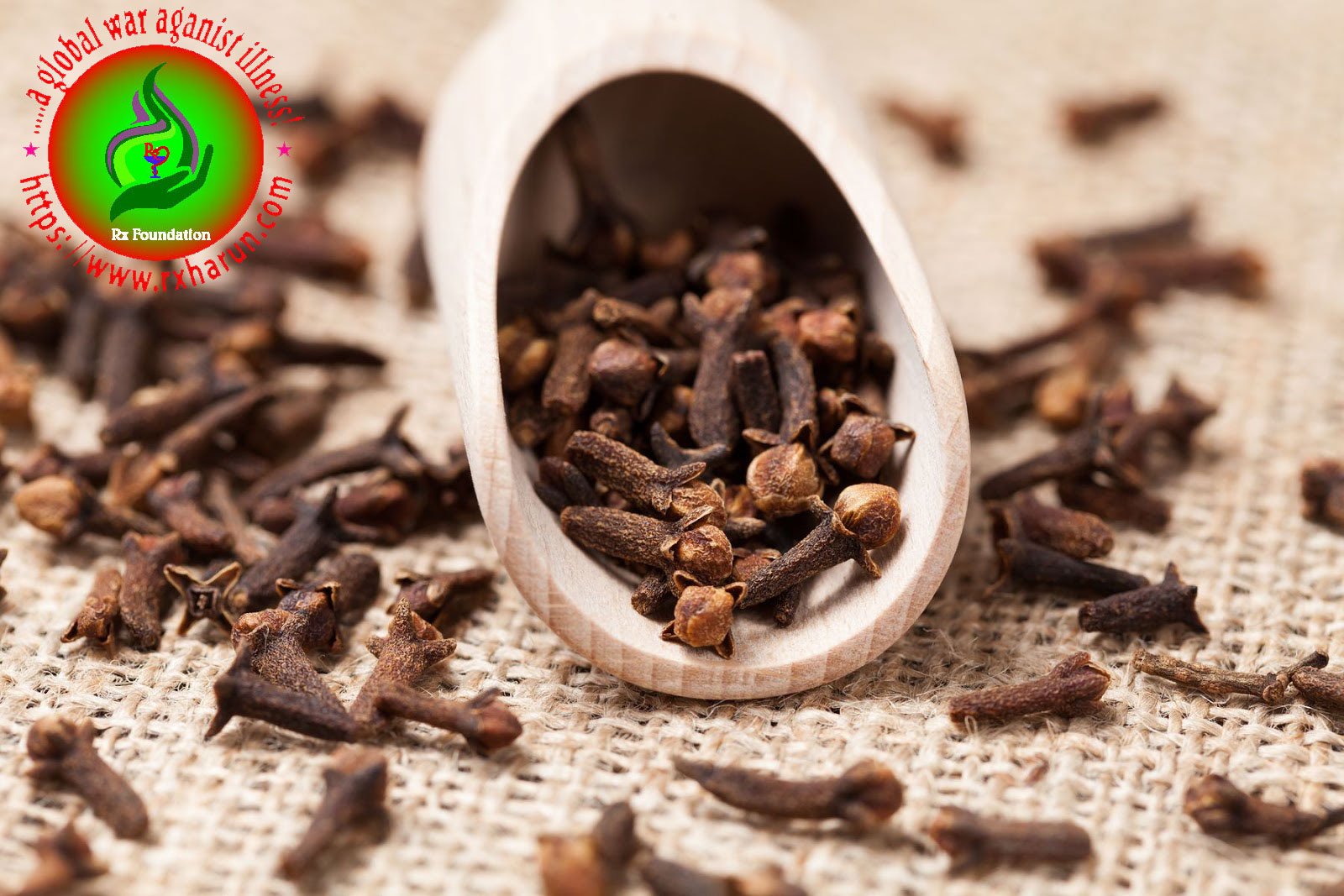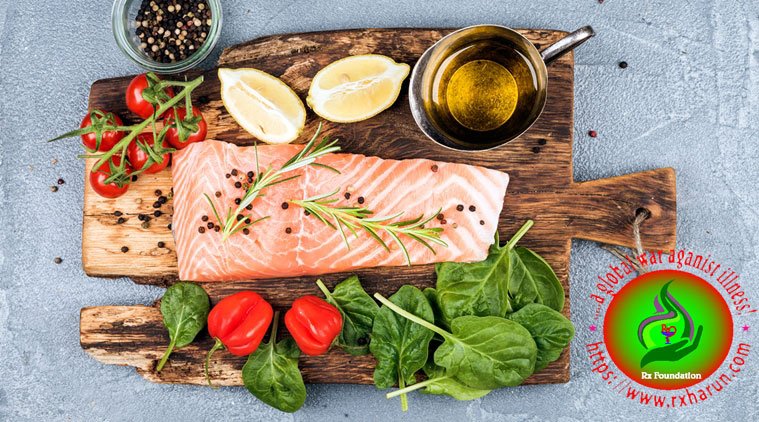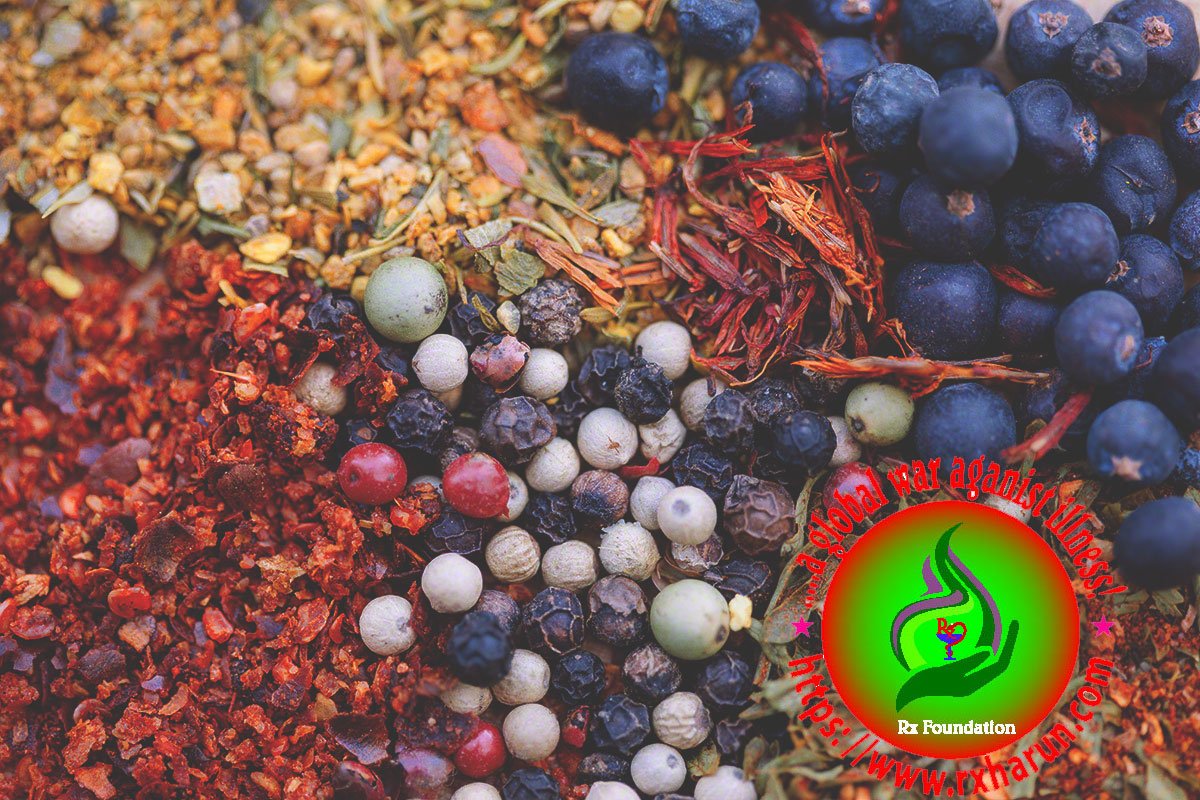Water on the knee / Knee effusion is a general term used to describe excess fluid that accumulates in or around your knee joint. Your doctor may refer to this condition as a knee “effusion.” Painful knee effusions may be the result of trauma, overuse injuries or an underlying disease or condition.
Knee effusion or swelling of the knee (colloquially known as water on the knee) occurs when excess synovial fluid accumulates in or around the knee joint. There are many common causes for the swelling, including arthritis, injury to the ligaments or meniscus, or fluid collecting in the bursa, a condition known as prepatellar bursitis.
Swelling in a knee joint may limit knee flexibility and function. For example, a person may find it difficult to fully bend or completely straighten a swollen knee, and the joint may naturally bend 15 to 25 degrees while the leg is at rest.
Depending on the underlying condition, the swollen knee may exhibit no other symptoms or it may be painful, red, and/or difficult to put weight on.
Causes of Water on the knee / Knee effusion
Chronic or long-standing swelling may lead to joint tissue damage, cartilage degradation, and bone softening, therefore treatment is usually recommended.
- Injury to the Knee – A trauma to the knee’s bones, ligaments, tendons, bursae, meniscus, or articular cartilage can cause pain and swelling. Serious injury can cause blood to flood into the knee joint, leading to significant swelling, warmth, stiffness, and bruising. This condition is called “haemarthrosis” and warrants urgent medical care. A patient should also seek medical attention if knee pain is severe, if the affected leg cannot bear weight, or if the patient suspects a bone may be broken.
- Knee Osteoarthritis – Degeneration of the cartilage of the knee joint can result in an overproduction of joint fluid, causing the knee to swell. A swollen knee due to knee osteoarthritis is typically accompanied by pain.
- Septic and Non-Septic Bursitis – Throughout the body are tiny, thin, fluid-filled sacs called bursa that normally protects joints. An inflamed knee bursa can fill with excess fluid, causing swelling, or water on the knee. The swollen knee may feel “squishy” and may or may not be painful. The most common types of knee bursitis are prepatellar bursitis and pes anserine bursitis
- Gout – A painful accumulation of microscopic uric acid crystals in the joint defines a gout attack. Knee swelling may occur rapidly and be accompanied by excruciating pain, redness, and warmth. Approximately half of the gout cases affect the big toe while other cases typically affect the knee, wrist or fingers.
- Pseudogout – Less common but similar to gout, pseudogout is an accumulation of calcium pyrophosphate crystals in a joint. The accumulation of crystals typically causes sudden, severe pain and swelling. Pseudogout occurs most frequently in the knee.
- Rheumatoid Arthritis – An autoimmune disease that affects the delicate lining of the joints, rheumatoid arthritis can cause knee swelling, stiffness, pain, tenderness, and redness. Symptoms often occur on both sides of the body, so if the right knee is affected it’s likely the left knee is also affected.
- Baker’s Cyst – Swelling at the back of the knee can indicate a Baker’s cyst. The cyst may have no other symptoms or may be accompanied by pain and stiffness. Patients should treat the swollen knee at home using the R.I.C.E. formula (rest, ice, compression, and elevation) and also consult with their doctor, who can eliminate other possible diagnoses.
- Juvenile Rheumatoid Arthritis – Aching, swollen joints may cause a child to limp or seem clumsy and could be signs of juvenile rheumatoid arthritis. Children with juvenile rheumatoid arthritis sometimes also have a fever or rash. Caregivers should contact a doctor if a child’s symptoms persist for a week or more.
- Osgood-Schlatter Disease – Most common in active tweens and teens, Osgood-Schlatter disease is an inflammation of the patellar tendon in the knee. After diagnosis, this condition can usually be treated at home and will resolve as the child grows.
- Septic Arthritis – Bacteria or other microorganisms can penetrate the delicate lining that surrounds the knee joint, infecting the joint and potentially causing it to fill with pus. Sudden knee swelling, intense knee pain, and fever are signs of septic arthritis. Patients should seek medical attention immediately if they suspect symptoms are caused by septic arthritis.
- Reactive Arthritis (Including Reiter’s Syndrome) – Certain types of bacterial infections (e.g. chlamydia and gastrointestinal infections) can spur an inflammatory immune response in the body that may cause pain and swelling in joints.
- Tumor – While relatively uncommon, a benign or malignant tumor can cause a swollen knee. A tumor may be accompanied by pain that is more noticeable at night, night sweats, fever, and weight loss.
Traditional medical methods for treating knee effusion as well as a growing list of illnesses, injuries, and conditions. These include:
- Arthritis
- Autoimmune Diseases
- Back Pain/Injury
- Chronic Obstructive Pulmonary Disease (COPD)
- Diabetes
- Erectile Dysfunction (ED)
- Joint Pain/Injury
- Kidney Conditions
- Multiple Sclerosis (MS)
- Neuropathy
- Parkinson’s Disease
- Reflex Sympathetic Dystrophy (RSD)
- Spinal Cord Injury
Symptoms of Water on the knee / Knee effusion
You might have water on the knee if you notice
- Swelling – The skin around the kneecap looks and feels puffy compared to the other knee.
- Stiffness – Range of motion decreases. The leg is difficult to completely bend or straighten. Depending on the cause, you might also notice instability, clicking, or locking of the knee.
- Pain – This can range from mild to severe, depending on the cause.
- Bruising – If you’ve injured your knee, you may note bruising on the front, sides or behind your knee. Bearing weight on your knee joint may be impossible and the pain unbearable.
Diagnosis of Water on the knee / Knee effusion
Options include
- History and physical – Your provider will want to hear about your symptoms, the date, and mechanism of injury, and how soon swelling appeared. You may also be asked about your recent activities, past injuries, and surgeries
- Joint aspiration (arthrocentesis) – During this procedure, your doctor withdraws fluid from inside your knee for analysis such as cell count, culture for bacteria, and examination for crystals such as uric acid or calcium pyrophosphate dihydrate (CPPD) crystals found in gout or pseudogout.
- Blood tests – If your knee is swollen, red and warm to the touch when compared to your other knee, your doctor may be concerned about inflammation due to rheumatoid arthritis or crystalline arthritis such as gout or pseudogout, or joint infection.
- X-ray. An X-ray can rule out broken or dislocated bones, and determine if you have arthritis.
- Radiographic Studies – These studies will give the physician a view of the inside of the knee which will help in determining whether there is fluid buildup in the knee and the cause of the fluid buildup.
- Ultrasound – This test can check for arthritis or disorders affecting the tendons or ligaments.
- MRI – This test can detect tendon, ligament and soft tissue injuries that aren’t visible on X-rays.
-
Synovial Fluid Findings
FINDINGS NORMAL NONINFLAMMATORY INFLAMMATORY SEPTIC Color Clear Yellow Yellow to green Yellow Clarity Transparent Transparent Opaque Opaque Mucin clot Good Good Good to poor Poor Viscosity High High Low Variable WBC per mm3 < 200 200 to 2,000 2,000 to 150,000 15,000 to 200,000 PMNs < 25% < 25% > 50%
Treatment of Water on the knee / Knee effusion
Non-surgical
- Rest – Constantly putting stress on your knee joint will make it difficult for the healing process. Stress by simply standing for long periods of time can take a toll on weight-bearing joints like the knees.
- Cold therapy – This may be done by simply applying ice on the affected knee to help reduce pain and swelling. Using an ice pack is ideal, but ice cubes in a towel or a bag of frozen vegetables will also do the trick. It is recommended to ice the affected joint for about 15 to 20 minutes every two to four hours.
- Elevate the joint – This can help relieve pressure on your knee joint and return blood to the upper part of the body. The general rule of thumb is to raise the knee higher than the level of the heart and support the leg with the use of pillows.
- Use crutches or walking devices – This will help protect the knee and reduce the stress put on it through daily activity. Knee braces may also be utilized to a similar effect.
- Wall squats – Done by standing with your back flat against a wall and feet far enough away so that they bend at the knees. You should look like you are seated but the wall is supporting most of your weight. hold this position for about 10 seconds, keeping your knees at hip width apart throughout the exercise. After 10 seconds, return to standing position and repeat.
- Straight leg lifts – Start by lying on the ground with your left leg bent so that the knee is pointing towards the ceiling. Your right light should be lying straight along the floor. Now lift your right leg straight off the floor while engaging your stomach and buttock muscles. Only your leg midair for a few seconds, then repeat on the opposite side.
- Balancing knee exercise – Using the support of a table or chair, lift one foot off the ground and balance yourself. Hold this position for one minute or as long as you can while keeping your back straight. Balancing exercises will help improve knee stability and reduce the chances of injury.
Medication
The cause of the fluid will determine the treatment, which may include:
- Anti-inflammatories – and pain medication,
- Oral corticosteroids – or those that are injected directly into the knee joint
- joint aspiration to temporarily relieve pressure, which is sometimes followed by a corticosteroid injection
- Antibiotics – In case an infection is the cause of the fluid buildup then the physician will prescribe appropriate antibiotics to treat the infection.
- Arthroscopy – a procedure in which a lighted tube is inserted into the knee joint to help repair damage in your knee
- Physical therapy – to improve flexibility and build strength in the muscles around the joint
- Fish-oil capsules – A British study found that 86 percent of people with arthritis who took cod liver oil had far fewer enzymes that cause cartilage damage compared to those who got a placebo. Plus, they had far fewer pain-causing enzymes. Cod liver oil is a fish oil, so your basic fish-oil supplement will do fine.
- Vitamin E containing pure alpha-tocopherols – A German study found taking 1,500 IU of vitamin E every day reduced pain and morning stiffness and improved grip strength in people with rheumatoid arthritis as well as prescription medication.
- Glucosamine/chondroitin – This combination supplement may provide long-term pain relief and slow the degeneration of cartilage. It has also been found that glucosamine and chondroitin can actually repair damaged cartilage. After about a month you should be getting enough pain relief from the glucosamine to stop taking ibuprofen.
- Iron capsule/ Iron Sucrose Injection – to increase the production of red blood cell & promote healing
If your knee joint doesn’t respond well to other treatment, surgical removal of the bursa sac may be necessary. Knee replacement surgery is an option for the most severe cases.
Surgical and Others Procedures
Treating the underlying cause of a swollen knee might require
- Arthrocentesis. Removing fluid from the knee can help relieve pressure on the joint. After aspirating joint fluid, your doctor might inject a corticosteroid into the joint to treat inflammation.
- Arthroscopy. A lighted tube (arthroscope) is inserted through a small incision into your knee joint. Tools attached to the arthroscope can remove loose tissue or repair damage in your knee.
- Joint replacement. If bearing weight on your knee joint becomes intolerable, you might need knee replacement surgery.
Home Remedies for Water on the knee / Knee effusion
Banana
Having one banana every day can be beneficial to your health. It is even better if you add butter to it. Banana helps the vagina in exuding the baleful microorganisms. This fruit takes active participation in vaginal disinfection. Banana is a healthy food to consume when it comes to cleansing your inner body.
Directions for Usage
- Ingest one or two ripe bananas every day.
- Add clarified butter to one ripe banana. Have it at least twice in a day for faster results.
- Add raw banana to your daily vegetable dishes.
- Have a mixture of fresh banana with Amla extract and sugar. You can add Jaggery for better results.
Indian Gooseberry

Indian Gooseberry benefits your health in innumerable ways. It is rich in vitamin C. Vitamin C helps to have an active immunity system. As a result, your body becomes more capable of fighting of deadly microorganisms. Amla also contains antimicrobial features. The antimicrobial nature makes Amla the best organic disinfectant for your body. It can cleanse your entire inner body and go in infection-free. Amla can be taken in some ways.
Directions for Usage:
- Take 1-2 teaspoons of Amla powder in a bowl and add a little honey.
- Mix it into a paste and consume it twice, daily or else, you can take one cup full of water. Add a teaspoon of powder.
- Boil till the water is decreased in half.
- Add honey or sugar for taste.
- Drink the water every morning with an empty tummy.
Pomegranate

Pomegranates contain therapeutic features. It helps in driving away the infection from your body. The leaves, fruit and the rind of pomegranate are effective in curing Leucorrhoea. Pomegranate is also very beneficial to your skin. There are ways to consume pomegranate to cure Leucorrhoea.
Directions for Usage:
- Drink a glass full of pomegranate juice every day for at least a month.
- Take about 30 pomegranate leaves and add 8 to 10 black pepper.
- Grind it.
- Take half a glass of water.
- Add the ground mixture.
- Strain it and drink it twice daily continue until you notice results.
- Make a powder of the dried pomegranate rinds.
- Take 3 to 4 cups of water in a bowl.
- Add the maximum one tablespoon of the powder in it.
- Spray the solution on your vagina every day.
Cranberry

Cranberry is a package of antioxidants, antimicrobials, and antifungal. These are the properties needed to cure Leucorrhoea. Cranberry consumption can help speed up the process. It removes the bacteria from the wall of the vagina. It keeps the vagina clean, internally.
Sip ginger tea

Numerous studies have found that ginger can mimic NSAIDs, the front-line drugs for arthritis pain relief. It seems to work by curbing pain-causing chemicals that are part of the body’s inflammatory response
Eat anti inflamatory food
Ditch the fast food, junk food, fried food, and processed food. A Swedish study of rheumatoid arthritis patients found that those who switched to a Mediterranean style-eating plan (think fresh fruits, veggies, whole grains, fish, olive oil, nuts, garlic, onions, and herbs) had less inflammation and regained some physical abilities as a result
Sniff some fragrant spices
Pleasant aromas like lavender can alter the perception of pain, studies show. Japanese researchers found that lavender reduces levels of the stress hormone cortisol, which can make you feel relaxed and less aware of pain.
Make your own heat pad

Fill a cotton sock (don’t use a synthetic fiber, which can melt if heated) with any kind of uncooked rice from your pantry and seal it. Microwave on high for 2-3 minutes.
Make your own capsaicin cream

Now an over-the-counter treatment for arthritis and back pain, this old home remedy reduces levels of a compound called substance P, which transmits pain signals to the brain. You can whip up some by mixing a few dashes of ground cayenne with 2-3 teaspoons of olive oil
Chamomile tea
Chamomile tea is an anti-inflammatory that may help ease arthritis pain. Brew a strong infusion using four chamomile tea bags in a cup or so of hot water. Steep, covered, for 20 minutes, then squeeze and remove tea bags. Soak a clean cloth in the liquid and apply to an achy joint.
Green tea a day

Case Western Reserve University researchers gave mice the equivalent of four cups of green tea a day. Then they gave the mice a substance that would normally produce rheumatoid arthritis.
Turmeric
The yellow spice found in curries and ballpark mustard contains a powerful compound called curcumin, which inhibits enzymes and proteins that promote inflammation. Several studies have found that turmeric specifically reduces pain and swelling in arthritis patients.
Make sure you get enough vitamin C
Vitamin C not only helps produce collagen, a major component of joints, but sweeps the body of destructive free radicals, which are harmful to joints. One of the best-known studies looking into vitamin C and arthritis found that people whose diets routinely included high amounts of vitamin C had significantly less risk of their arthritis progressing.
Add cloves to your diet
Cloves contain an anti-inflammatory chemical called eugenol that interferes with a bodily process that triggers arthritis. In one animal study, eugenol prevented the release of COX-2, a protein that spurs inflammation (the same protein that COX-2 inhibitor drugs like Celebrex target).
Omega-3 fatty acids
Omega-3 fatty acids are excellent at relieving inflammation and soothing joints. Coldwater fish such as salmon and tuna are among the best dietary sources.
Allergenic foods
Food allergies may play a part in autoimmune illnesses like rheumatoid arthritis. Researchers at the University of Oslo in Norway found that people with the autoimmune disease had higher levels of antibodies to cow’s milk, eggs, codfish, and pork than people who didn’t have the disease.
Make a ginger poultice
Applying crushed ginger to a painful join can deplete the body’s stores of substance P, a brain chemical that carries pain messages to your central nervous system. One study of 56 people found that ginger eased symptoms in 55 percent of people with osteoarthritis and 74 percent of those with rheumatoid arthritis.

Up your calcium intake

Getting too little calcium raises the risk of osteoporosis, a brittle-bone condition that accelerates if you have rheumatoid arthritis. All women should get about 1,200 milligrams a day after age 50.
Soak up some sun
Many people with arthritis are deficient in vitamin D, which appears to play a role in production of collagen in joints. Studies find that getting more vitamin D may protect joints from osteoarthritis damage. To boost your D levels, get in the sun for 10 to 15 minutes, two to three times a week—that’s all it takes for you body to synthesize what it needs. Dairy products are also a great source of vitamin D.
References
[bg_collapse view=”button-orange” color=”#4a4949″ expand_text=”Show More” collapse_text=”Show Less” ]
- https://www.ncbi.nlm.nih.gov/pmc/articles/PMC3704066/
- https://www.ncbi.nlm.nih.gov/pmc/articles/PMC5133728/
- https://www.ncbi.nlm.nih.gov/pmc/articles/PMC2034527/
- https://www.ncbi.nlm.nih.gov/pmc/articles/PMC4838750/
- https://www.ncbi.nlm.nih.gov/pmc/articles/PMC3952867/
[/bg_collapse]

